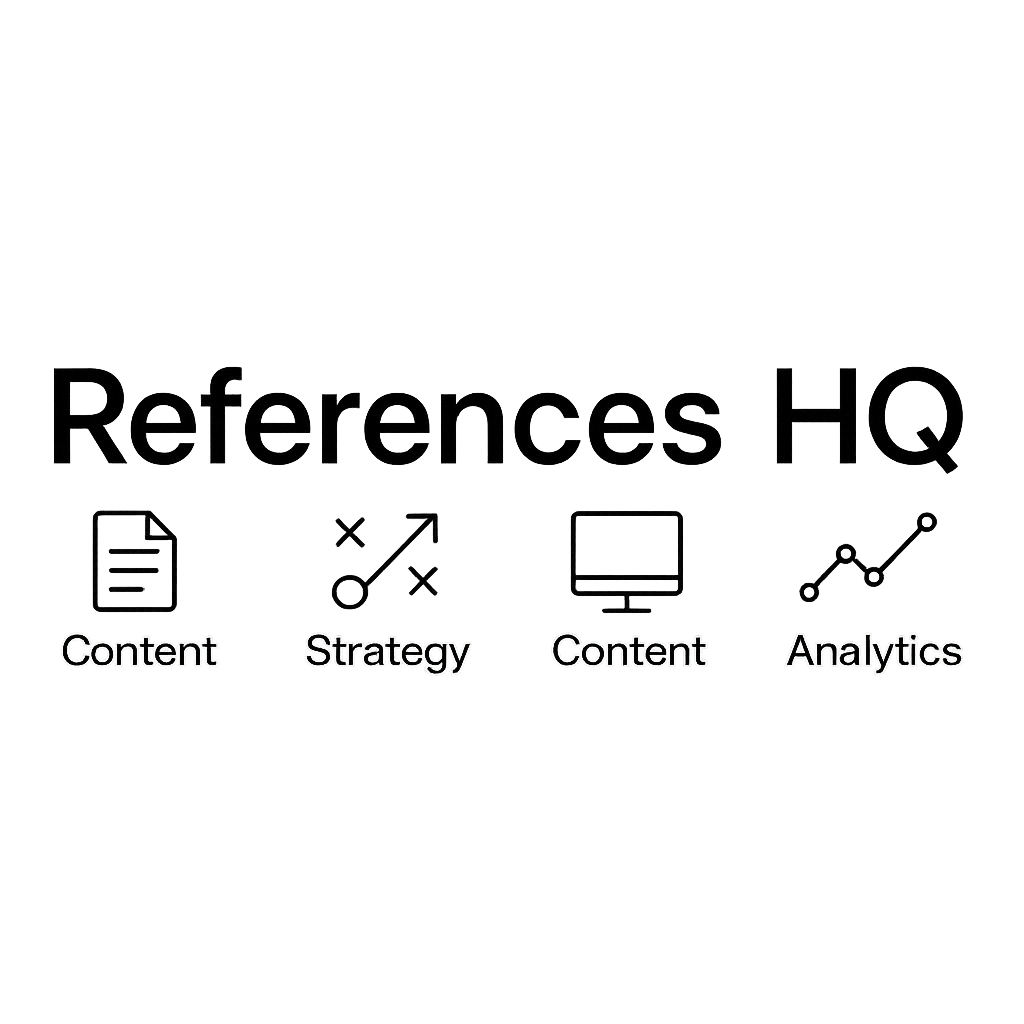Understanding which key performance indicators (KPIs) to monitor ensures that you can optimize your strategies, allocate resources effectively, and ultimately drive better results. In this article, we’ll explore the key metrics you should track to assess digital marketing success and how to leverage that data to improve your campaigns.
- Defining Your Marketing Goals and KPIs
- Tracking Website Traffic and User Behavior
- Measuring Engagement Metrics
- Conversion Tracking and ROI Measurement
- Using Attribution Models to Understand Customer Journeys
- Analyzing Data to Optimize Campaign Performance
- Conclusion
Defining Your Marketing Goals and KPIs
Before diving into metrics, it’s important to define your marketing goals and establish key performance indicators (KPIs) that align with those objectives. Are you aiming to increase brand awareness, drive more traffic, generate leads, or boost sales? Your KPIs should directly reflect these goals.
For example, if your goal is to increase brand awareness, the primary metric you’ll want to track is impressions or reach. If you’re focused on lead generation, then conversion rates and cost per lead (CPL) will be more important. By aligning your KPIs with your business goals, you ensure that your data analysis will provide meaningful insights that can directly improve your strategy.
Tracking Website Traffic and User Behavior
One of the most basic and crucial metrics to monitor is website traffic. Using tools like Google Analytics, you can track how many visitors come to your site, where they’re coming from (organic search, paid ads, social media, etc.), and how they interact with your content.
Important traffic-related metrics include:
- Sessions: The total number of visits to your website.
- Users: The number of unique visitors.
- Pages per session: How many pages users visit during a single session, which helps indicate how engaging and valuable your content is.
- Bounce rate: The percentage of visitors who leave your site after viewing only one page. A high bounce rate can signal that your landing page or website isn’t meeting user expectations.
- Average session duration: How long visitors stay on your site. Longer sessions usually indicate more engagement with your content.
Tracking these metrics helps you understand how well your website is performing in attracting and retaining visitors.
Measuring Engagement Metrics
Engagement is a key indicator of how well your audience is interacting with your content. For digital marketing success, tracking engagement metrics across various channels helps determine if your content is resonating with your target audience.
Key engagement metrics to track include:
Click-through rate (CTR): The percentage of people who clicked on your ad, link, or content after seeing it. This is a critical metric for understanding the effectiveness of your call-to-action (CTA) and how well your content captures attention.
Likes, Comments, Shares, and Saves: These social media engagement metrics show how much your audience is interacting with your content. High levels of engagement typically correlate with content that resonates with users.
Time on page: For website content, how long users spend on a specific page. The longer they stay, the more likely they are engaged with your content.
Video views and completion rates: If you use video content, track how many views your video gets and how many people watch it all the way through. This gives insight into the quality and appeal of your video content.
Engagement metrics provide valuable insights into whether your audience is actively interacting with your content, which can guide your content strategy moving forward.

Conversion Tracking and ROI Measurement
At the end of the day, the most important thing for any digital marketing campaign is its ability to drive conversions. Whether that’s getting users to make a purchase, download a resource, or fill out a contact form, tracking conversions is key to understanding your campaign’s success.
Tools like Google Analytics and Facebook Pixel allow you to set up conversion goals and track key actions on your website. Common conversion metrics include:
- Conversion rate: The percentage of visitors who complete a desired action (e.g., making a purchase, signing up for a newsletter) compared to the total number of visitors.
- Cost per conversion: How much you’re spending to acquire each conversion. This is essential for understanding your return on investment (ROI).
- Revenue: The total revenue generated from a campaign, which can be compared to the cost of the campaign to determine profitability.
Tracking conversions helps you measure the effectiveness of your campaigns and optimize your strategy to increase ROI.
Using Attribution Models to Understand Customer Journeys
Attribution models are essential for understanding the various touchpoints a customer interacts with before making a purchase or conversion. Instead of just looking at the last click or touchpoint, attribution models provide insight into the entire customer journey, helping you allocate marketing resources effectively.
There are several types of attribution models to consider:
First-touch attribution: Credits the first touchpoint (e.g., an ad or blog post) for the conversion.
Last-touch attribution: Credits the last interaction before the conversion.
Linear attribution: Distributes the credit evenly across all touchpoints.
Time decay attribution: Gives more credit to touchpoints closer to the conversion.
Position-based attribution: Gives more credit to the first and last touchpoints, with less credit assigned to the middle interactions.
By using attribution models, you can better understand how different marketing channels contribute to conversions and optimize your strategy accordingly.
Analyzing Data to Optimize Campaign Performance
Once you’ve collected data on key metrics, it’s important to continuously analyze and adjust your campaigns. Look at the performance of your various channels, content types, and audience segments to determine which ones are most effective.
Tools like Google Analytics, HubSpot, and Facebook Insights allow you to dive deep into your data, identify trends, and make informed decisions. For instance, if you notice that a particular landing page has a high bounce rate, you can optimize it by improving the design, copy, or CTA. If certain content types are driving more traffic or conversions, consider scaling them up or repurposing them for other platforms.
By regularly analyzing your data, you can optimize your campaigns, improve results, and ensure your marketing efforts are consistently driving success.

Conclusion
Tracking and measuring the right metrics is essential for any digital marketing strategy. By focusing on key performance indicators (KPIs) such as website traffic, engagement, conversions, and ROI, you can make data-driven decisions that optimize your campaigns and drive better results. Implementing tools like Google Analytics, social media insights, and conversion tracking allows you to continuously refine your approach and achieve sustainable marketing success. Ultimately, by measuring and analyzing the performance of your digital marketing campaigns, you can ensure that your efforts are aligned with your business objectives and deliver the highest possible return on investment.









